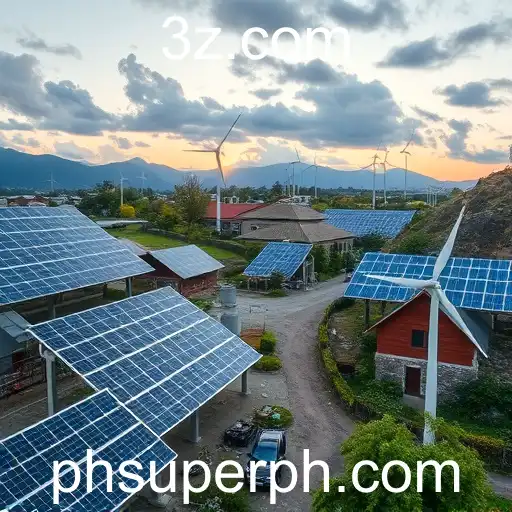
As cities across the globe continue to grapple with unprecedented environmental challenges, the role of renewable energy has never been more critical. Recent advancements in this field not only aim to reduce carbon footprints but also revolutionize how our urban landscapes function and grow.
In recent years, solar and wind energy have dominated the headlines as the primary drivers of clean energy adoption. However, a new wave of technological innovations is emerging, promising to reshape the renewable sector. From advancements in battery storage to breakthroughs in energy efficiency and smart grid technology, the future of urban energy appears promising.
Battery storage technology, in particular, has seen significant improvements, allowing for the more efficient storage of energy generated from intermittent sources like solar and wind. This breakthrough makes it feasible for cities to rely more heavily on these renewable sources even when the sun isn't shining or the wind isn't blowing, thus providing a more reliable energy supply.
Meanwhile, smart grid technology is another focal point that holds the potential to significantly enhance the efficiency of urban energy systems. These systems use data to monitor and manage energy flow, optimizing usage, and reducing waste. Cities embracing smart grid technology are not only cutting down emissions but also witnessing economic and operational benefits.
The environmental impact of cities is a growing concern, with urban areas accounting for a large percentage of global energy consumption and greenhouse gas emissions. To address these challenges, urban planners and policymakers are increasingly looking at renewable energy solutions as a part of sustainable urban planning. The integration of green architecture and renewable technologies into cityscapes offers a dual benefit of reducing energy needs and promoting a healthier urban environment for residents.
Moreover, public-private partnerships are playing a crucial role in driving innovation and investment in renewable energy projects. These collaborations harness the strengths of various stakeholders, from government bodies to private investors, fostering the development of sustainable urban infrastructure.
In conclusion, as global cities continue to grow and evolve, the integration of renewable energy technologies will be pivotal in shaping their future. With continued investment and innovation, these advancements not only promise a sustainable path forward but also set the stage for a cleaner, greener world for future generations to inherit.


